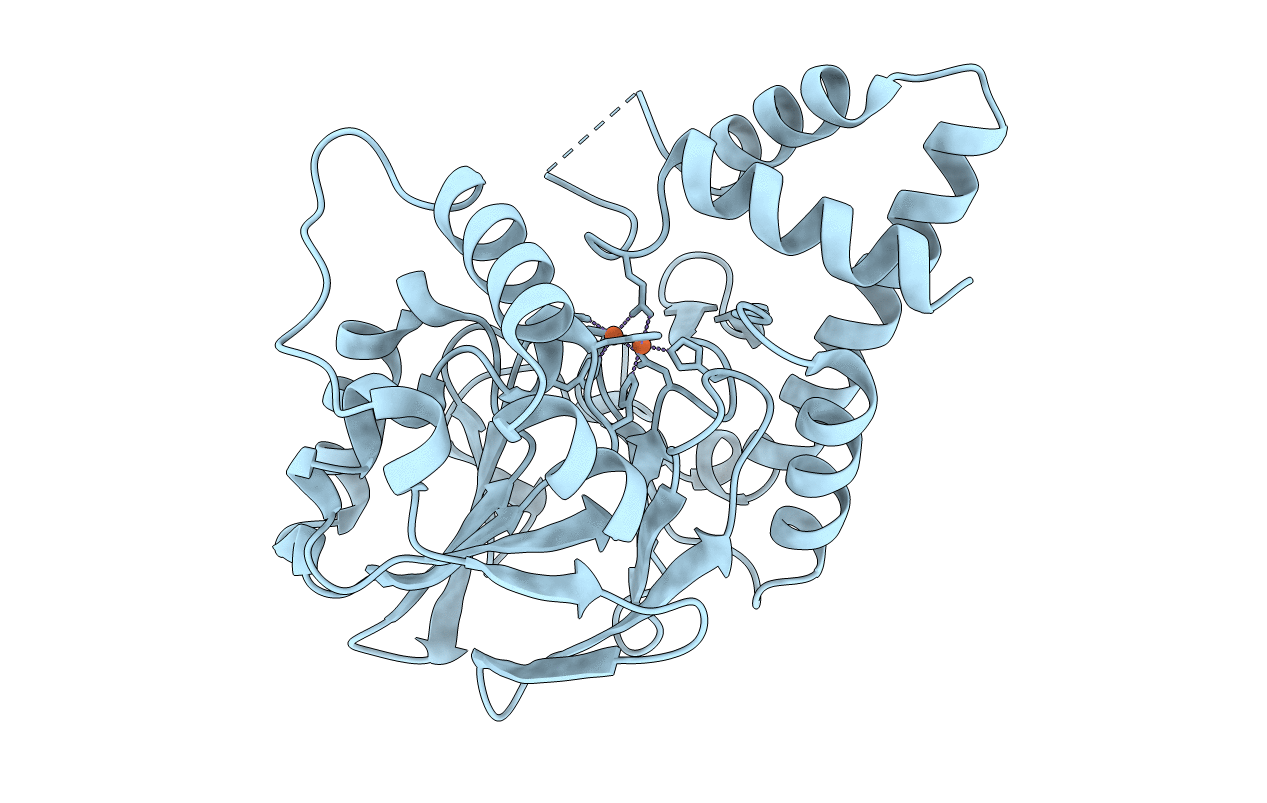
Deposition Date
2022-02-15
Release Date
2022-08-31
Last Version Date
2023-10-18
Entry Detail
Biological Source:
Source Organism:
Pseudomonas aeruginosa (Taxon ID: 208963)
Host Organism:
Method Details:
Experimental Method:
Resolution:
2.01 Å
R-Value Free:
0.21
R-Value Work:
0.16
R-Value Observed:
0.17
Space Group:
P 32 2 1


